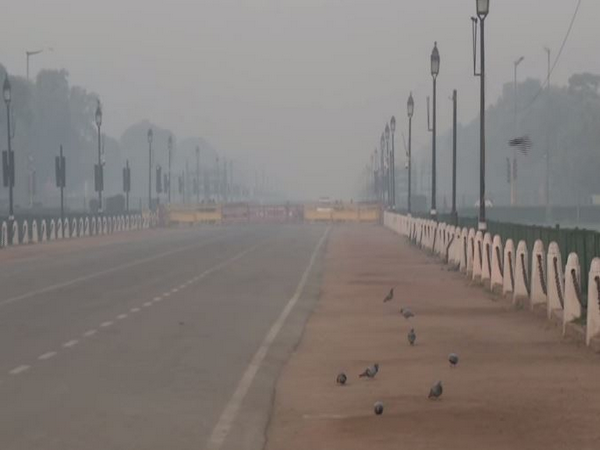New Delhi: The problem of air pollution in Delhi-NCR is not a new phenomenon. Even after the implementation of several measures like the Graded Response Action Plan (GRAP), installing smog towers, road sweeping machines, and water sprinklers, the pollution in Delhi-NCR continues to grow and several environmentalists have stated that strict actions have not been implemented so far.
“As we move away from Delhi, we can see that there is hardly any implementation to control pollution on the ground level. Industrial emissions, stubble burning, garbage burning, and so forth continue to take place and no strict actions have been taken to control the pollution,” Akash Vashishtha, an environmentalist, told The Sunday Guardian.
As per the Central Pollution Control Board (CPCB), the Air Quality Status for Delhi on 1 July shows that PM2.5 and PM10 are the prominent pollutants. The rise of PM2.5 leads to asthma and heart diseases and in the long run, it reduces lung functions, and leads to lung cancer, and chronic bronchitis. Similarly, PM10 particles, which are smaller than 10 micrometers, enter through the nose and travel to the lungs, affecting breathing function.
To combat air pollution, the Graded Response Action Plan (GRAP) was implemented in January 2017 and has been continued since then from autumn to winter in the NCR region. A report by the Legal Initiative for Forest and Environment (LIFE) has stated that GRAP doesn’t take all the pollutants into consideration except for PM 2.5 and PM10. “If the level of pollutants such as SO2 (Sulfur dioxide) and NOX (nitrogen oxides) increases, GRAP does not come into effect,” the report states.
Similarly, smog towers that have been structured to reduce pollution aren’t much effective. Last year during Diwali, the Delhi government deployed water sprinklers on roads. Taking steps to reduce industrial emissions, the government has announced a ban on the use of coal as fuel by industries starting from 1 October and instructed the industries to switch to PNG or biomass-based fuel in response to the severe pollution that Delhi-NCR residents endure each year. A notice issued by CPCB on 4 May stated that the implementation agencies have been directed to “intensify dust control measures such as mechanised sweeping on roads with heavy traffic, enforcement of prescribed dust mitigation, measures/guidelines at large construction sites and management of C&D waste.” However, environmental experts said that such actions will only be effective if there is inter-state coordination.
“We believe that GRAP will show some significant impact in the coming years. Simultaneously, there must also be some inter-state coordination as crop burning in Punjab and Haryana also has a major impact in Delhi-NCR,” Shailesh Kotru, environment, climate change, and natural resource management expert told this paper. Additionally, the rise of other pollutants must also be considered.
Mentioning the rise of other pollutants putting an adverse impact on the environment, Kotrus aidd, “During summers, there are other pollutants like sulphur dioxide, carbon monoxide and so on affecting the human lungs and contributing to health problems. We must also keep a strict eye on these pollutants too.”
‘Stringent steps needed to combat Delhi-NCR air pollution’
- Advertisement -

